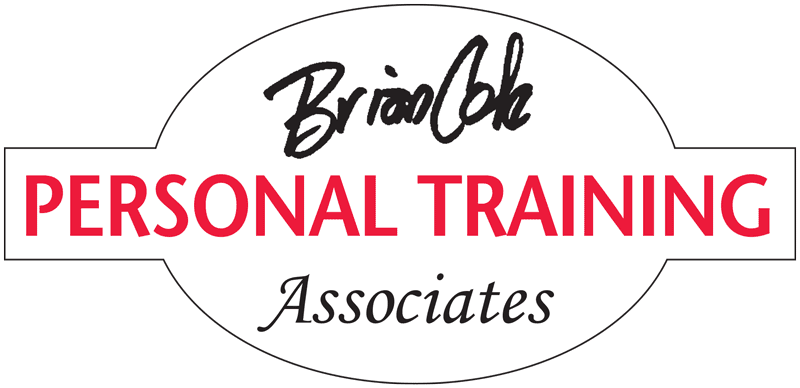Many of our ancestors came to this new land from more repressed societies. The founders of this great country sought freedom, opportunity and independence. They were the most adventurous of their fellow citizens. Think about sailing over here—to uncertainty, ready to move forward and try to improve themselves. These were the boldest of their generations.
Well, as their descendants we have a clear challenge:
Maintaining our independence as we age.
Many of us are dealing with or have dealt with the responsibilities for decisions regarding the well being of our parents. We want to help them live independently for as long as possible. Fear of them falling, their frailty, taking their car keys…these are all concerns we must face. And soon enough (have you noticed how quickly we move into new phases of our lives?) these decisions will be about us. Then we’re going to be wishing we’d done all we could to prepare ourselves.
Is there something we can actually do to preserve our ability to live independently? Fortunately, YES.
While improving our eating and drinking habits are important to maintain healthy strong bones and muscles, which enable us to safely conduct daily routines, increasing our daily activity level is by far the most beneficial change we can make. Not only physically beneficial but mentally and emotionally beneficial as well.
Hey! What about crossword puzzles and staying socially involved? Sure, very important. But in clear terms of priority: as long as you can do it during your 30-minute daily walk. This may mean moving to a neighborhood with walk-friendly areas. Sound like a pretty dramatic change? Not as dramatic as moving to and living in an assisted living or nursing home. Many of these facilities are very nice, but I’m suggesting our goal is to maintain our independence and at least postpone that move as long as we can.
Instead of moving, maybe start a community redevelopment that focuses on a safer walking environment. There are many examples of this happening all over the country. A safe pedestrian neighborhood is the ideal.
Converting our neighborhoods to be more walkable is a valid enterprise as our baby boomers move into this next chapter. The addition of a walking path with a smooth, paved surface will convert a whole neighborhood to becoming an improved environment. Where possible, include access to stores and services, small parks, community centers indoor and outdoor, recreational activities, lifelong learning centers, reduced speed limits for automobile traffic, cleaner air, These are doable changes that benefit us all. Port Warwick and Kiln Creek are two local examples to use as models.
There are also exercise-testing evaluations that help us determine where to focus for safety, balance, stability and the capacity to conduct daily activities. Are there problems stemming from medication combinations? From cognitive decline? From lack of practice? From weakness? All of these? Once determined, they can all be successfully addressed. Steady improvement is the goal.
For instance, for many years I’ve advocated including stairs in senior living homes. Maybe just half stairways (like the split-level floor plan) and with handrails, of course. Have the bathroom on the same level as the bedroom for convenience and safety. But on a different level from the living area for required usage. Walking up and down stairs safely is an excellent healthy activity we should encourage whenever possible. Come up with new ideas that involve increased activity.
Thinking this way instead of making everything easier is the mind set of preserving independence.
We still have time to make positive changes that will affect our lives and those of our fellow citizens. All we have to do is make this a priority.

